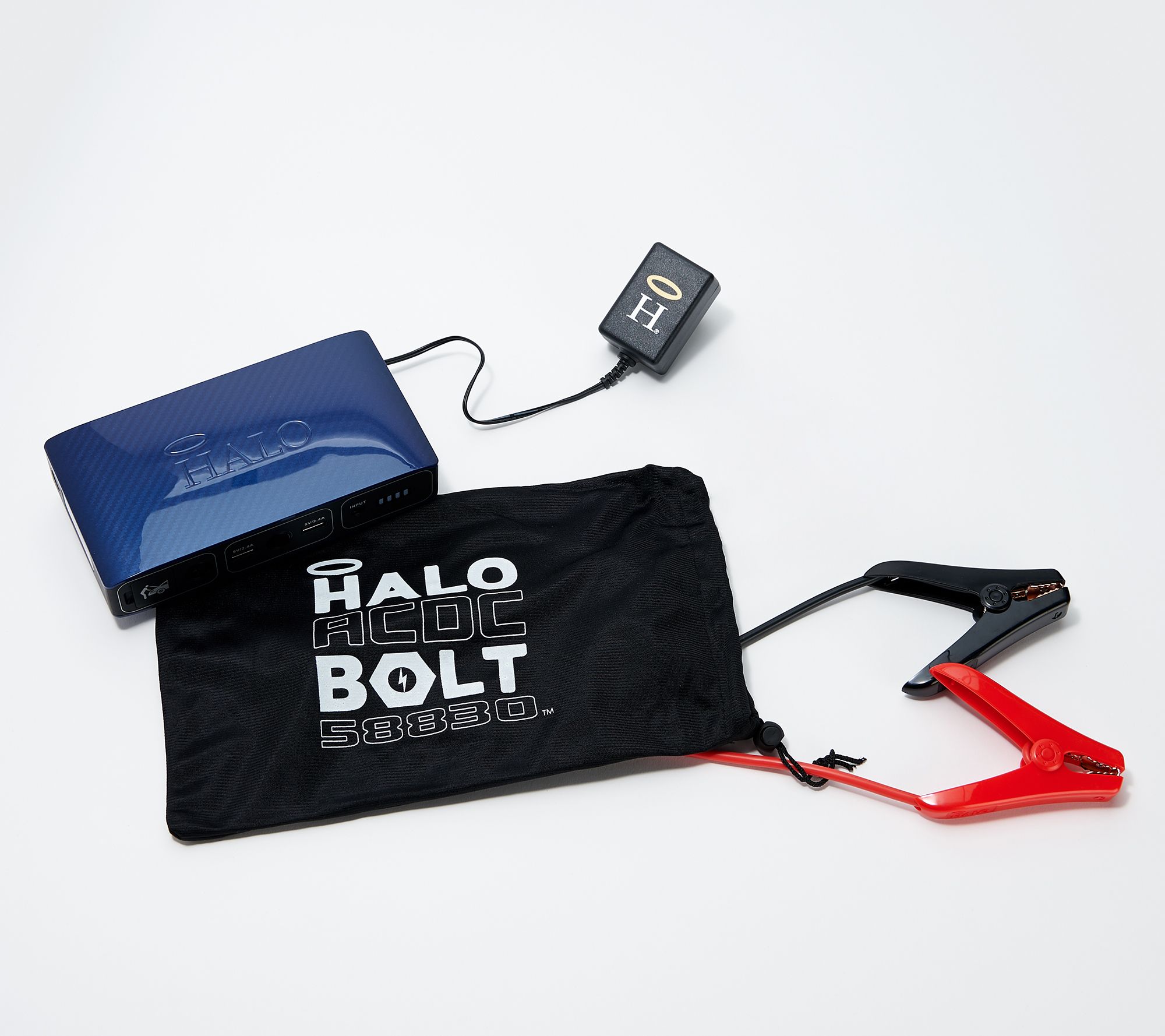Nexpow Car Rooftop Cargo Carrier Bag, 21 Cubic Feet 100% Waterproof Heavy Duty 840D Car Roof Bag for All Vehicle with/Without Racks
The NEXPOW 21 Cu. Ft. PVC Roof Cargo Bag was designed to withstand extreme weather conditions such as sand, wind, rain, snow and sun. Protecting your luggage from dust, dirt and unwanted bird droppings. The soft shell waterproof luggage bag will protect your cargo and can be folded to fit neatly with all its accessories into the provided storage bag. The straps can easily be attached to your vehicles crossbars or a roof basket for secure transport. The bag can also be secured using the door hooks and/or ratchet straps for vehicles that do not have crossbars. Making this set a truly universal option for cars, vans and measure of protection against theft.
The NEXPOW 21 Cu. Ft. PVC Roof Cargo Bag was designed to withstand extreme weather conditions such as sand, wind, rain, snow and sun. Protecting your luggage from dust, dirt and unwanted bird droppings. The soft shell waterproof luggage bag will protect your cargo and can be folded to fit neatly with all its accessories into the provided storage bag. The straps can easily be attached to your vehicles crossbars or a roof basket for secure transport. The bag can also be secured using the door hooks and/or ratchet straps for vehicles that do not have crossbars. Making this set a truly universal option for cars, vans and measure of protection against theft.
Feature
Keep all luggage dry thanks to triple-layer high density 840D PVC material
Extended rain curtain and waterproof zippers for better waterproof, snow-proof, dust-proof and sunproof effect
Install in any vehicles with or without racks with 6 door hooks and 6 reinforced straps
It can be quickly and easily installed in minutes
Suitable for pickup, off road vehicle, SUV, sedan, hatchback, minivan and wagon, etc
Anti-slip mat for high stability and roof protection
Hold many luggage cases, tents, sleeping bags thanks to the large storage space
Make more space for children and pets to rest
Thick adjustable straps and buckles for firm attachment
The zippers with lock holes can be locked for added security (lock included)
It has strong stability in different roads, such as bumpy road, steep hill, sudden turn or high speed
Included drawstring bag for easy storage
Specification
Color: Black and Orange
Material: 840D PVC
Overall Dimension: 52” x 40” x 18” (L x W x H)
Net Weight: 9 lbs
Capacity: 21 Cubic Feet
Package Includes:
1 x Car Roof Bag
1 x Drawstring Storage Bag
1 x Anti-slip Mat
6 × Anti-Scratch Door hooks
6 × Lashing straps
1 × Combination lock
1 x Instruction
- 100% WATERPROOF &TEARPROOF MATERIAL – Made of 100% waterproof material, 840D PVC tarpaulin, Grid material with High frequency voltage technology, durable and heavy duty style bag;
- EASY TO USE – It can be quickly and easily installed in minutes; Made of soft shell material, it can be folded into the storage bag to save space while not in use;
- UNIVERSAL COMPATIBILITY – The NEXPOW roof bag can be used with any sized car or SUV, work both with car with or without roof rack;
- MORE SECURITY – Come with BONUS combination lock, it will not only prevent the zippers from slipping, but also adds security to luggage;
- LARGE STORAGE SPACE -21 cubic feet 52” (L) X 40” (W) X 18” (H)
Additional information
| Features | Waterproof |
|---|---|
| Assembled Product Weight | 9 lb. |
| Color | Black |
| Assembled Product Dimensions (L x W x H) | 52.00 x 40.00 x 18.00 Inches |






by James
Been looking for something to travel with for a while with three kids we have a lot of baggage! Let me say this the nexpow car rooftop carrier does what is says and more! We drove 17 hours up and 17 hours back home for thanksgiving. We drove through rain and snow and besides a little dirt the carrier looks brand new! No tips or tears. It held up amazingly. It held 4 hard suitcases, some blankets and pillows with room for more! Nothing got wet. Most amazing product! Buy it you won’t be dissapointed!
by Carol
Very useful, held up well besides the mat underneath came out. Luckily it was wrapped around a strap so I had time to pull over and just take it out. No damage to roof without it. Added way more space than I imaged.
by Jerry
Clear instructions. Ease of installation. Perfect when you have too much stuff, and too little space.
by Paul
I traveled over 2600 miles and it worked perfect. Traveled through wind and rain and held up great. i am very impressed and have told my friends. The cost was excellent, don’t waste money on those expensive ones. This even has more room! love it!
by Thomas
The carrier is made of heavy rubber, a bit hard to handle. Unzips are n three sides so easier to put items in. The heavy material does not give so packing takes a little planning not to put more in than will fit. It zips and Velcros together. The zipper has a cover that should prevent rain from entering. The straps are fastened to the top of the cover that unzips. So in order to load and unload the straps have to be unfastened from the vehicle. That is a bit of an annoying thing.